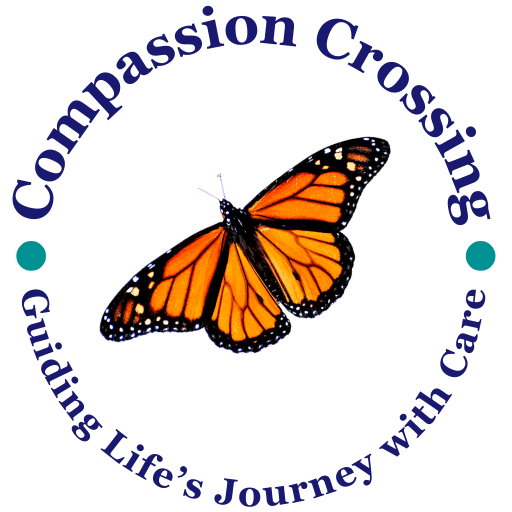Finding the Best Products for Loved Ones with Dementia
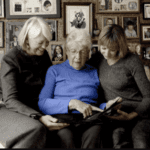
Dementia affects memory, thinking, and behavior, presenting challenges for patients and caregivers. This article discusses the best products for managing these challenges, enhancing quality of life for those with dementia.
Mastering Dementia Care: A Deep Dive into the Dementia Care Essentials Book Series

Explore the Dementia Care Essentials book series, a comprehensive collection of nine guides addressing vital aspects of dementia care. From managing hallucinations to optimizing nutrition, these books provide invaluable insights for caregivers, healthcare professionals, and families navigating the challenges of dementia
Adrenal Insufficiency Crisis Management for Terminally Ill Patients

Discover essential strategies for managing adrenal insufficiency crises in terminally ill patients. Learn about symptoms, risk factors, and crucial interventions to ensure patient comfort and safety. This guide provides valuable insights for hospice nurses and caregivers in this critical condition.
Training and Certifying Medication Technicians in Pennsylvania

This article aims to overview Pennsylvania medication technicians' training and certification process and discuss specific skills and knowledge needed to perform their duties effectively and safely.
Enhancing Hospice and Palliative Care with the GUIDE Model: A Comprehensive Approach
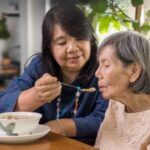
Discover how the GUIDE model can be applied in hospice and palliative care, offering improved support for dementia patients and their caregivers. Learn best practices and implementation strategies.
Understanding the Prognosis of Six Months or Less: A Guide for Hospice Families

Navigating the prognosis of six months or less for hospice care can be daunting. Learn how to understand, prepare for, and make the most of this crucial time.
Understanding the Similarities between Dementia and Autism Spectrum Disorders

Discover the commonalities between dementia and autism spectrum disorders (ASD), crucial for caregivers navigating symptoms. Access support resources for comprehensive care.
Traumatic Brain Injury: A Guide for Family Members and Caregivers

Discover essential insights and practical advice for family members and caregivers of individuals with traumatic brain injury, focusing on understanding, supporting, and managing challenges effectively.
Alcoholic Cirrhosis of the Liver with Ascites: A Guide for Families
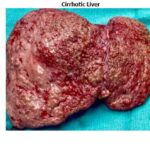
Discover crucial information about alcoholic cirrhosis of the liver with ascites in this comprehensive guide for caregivers and family members. Learn about symptoms, diagnosis, treatment options, and practical tips for providing care. Understand what to expect in the terminal stage and find resources for emotional support during this challenging journey.
Full Code vs DNR: The Implications for Terminally Ill Patients and Their Caregivers
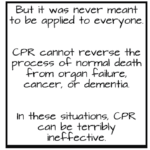
Choosing between full code and DNR for terminally ill patients can be challenging. This article explains the differences, benefits, and drawbacks of helping caregivers and families make informed decisions.
How to Find Support When Your Loved One Has Dementia

This article will give you more knowledge, confidence, and comfort in dealing with dementia. You will also learn how to connect with people who share your experiences and challenges and can offer you emotional, practical, and informational support. You will realize that you are not alone and can make a difference in your loved one’s life.
Understanding KPS and PPS: Vital Assessment Tools in Palliative and Hospice Care
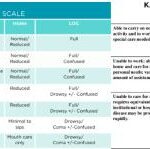
Explore the crucial roles of Karnofsky Performance Status (KPS) and Palliative Performance Score (PPS) in palliative and hospice care. This comprehensive guide helps nurses and caregivers understand these assessment tools, their applications, and critical differences, empowering them to provide more effective, patient-centered care.
Hospice General Inpatient Care: a Guide for Families and Nurses
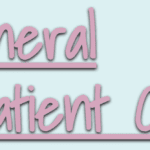
Hospice General Inpatient Care (GIP) provides short-term, intensive care for patients experiencing severe pain or symptoms that can't be managed at home. Learn about GIP eligibility, benefits, and how it helps both patients and families during challenging times. Discover key details and important considerations for this essential hospice service.
Understanding and Coping with End-of-Life Anger: A Guide for Caregivers
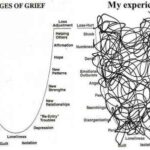
Discover how to navigate the complex emotions of end-of-life care, particularly anger. This comprehensive guide offers caregivers practical strategies for understanding, managing, and coping with personality changes in terminally ill loved ones.
Comprehensive Guide to Financial Assistance for Hospice and Palliative Care Patients

Learn about various financial assistance options available for terminally ill patients who need hospice or palliative care but lack Medicare, Medicaid, private insurance, or the means to self-pay.
Late-Onset Medication Side Effects: The Importance of Continuous Vigilance and Medication Reconciliation

Explore why side effects from medications can emerge after initial use and understand the critical need for vigilant monitoring and regular medication reconciliation to ensure patient safety and efficacy.
Vision Changes Over the Stages of Dementia: A Guide for Families and Caregivers

Understanding vision changes in dementia is vital for caregivers. Learn how dementia affects vision and find practical tips to support your loved one, ensuring their comfort and safety.
Dementia with Lewy Bodies and Parkinson’s: A Guide for Families

Understanding Dementia with Lewy Bodies (DLB) and Parkinson's disease (PD) is crucial for providing the best care. This guide helps families know what to expect and how to support their loved ones through these challenging conditions.
Understanding Korsakoff Dementia: A Guide for Families

Navigate the challenges of Korsakoff Dementia with our comprehensive guide. Learn to recognize symptoms, understand stages, and provide compassionate care for your loved one.
Oral Ketamine in Palliative Care: A Promising Approach for Emotional and Psychological Distress

Discover how oral ketamine is emerging as a game-changer in palliative care, offering rapid relief for severe depression, anxiety, and emotional distress. This comprehensive guide explores its potential benefits, administration methods, and important considerations for patients and healthcare providers.
Understanding Esophageal Cancer: A Guide for Families
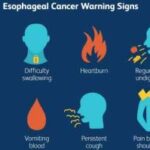
A compassionate guide for families navigating esophageal cancer. Understand its types, risk factors, symptoms, diagnosis, treatment options, and ways to provide care and support.
Terminal Prognosis vs. Diagnosis: What Families and Caregivers Need to Know
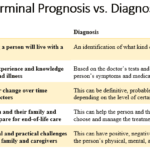
Learn the difference between a terminal prognosis and a diagnosis, and get practical tips and resources to help you and your loved one navigate this challenging time.
Empowering Caregivers: Effective Communication with Healthcare Providers
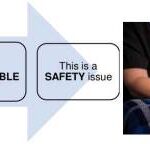
Discover how to use the CUS tool and Caring Feedback Model to advocate for your loved one's health. This guide empowers caregivers to communicate effectively with healthcare providers, ensuring their concerns are heard and addressed.
Comprehensive Approaches to Managing Hallucinations in Dementia Patients
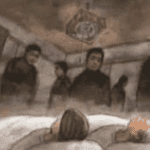
Explore comprehensive approaches to managing hallucinations in loved ones with dementia. This article covers pharmacological methods, focusing on Seroquel and non-drug strategies such as Naomi Feil's validation therapy. Learn how to validate feelings, de-escalate fear, and improve the quality of life for those experiencing cognitive impairment.
